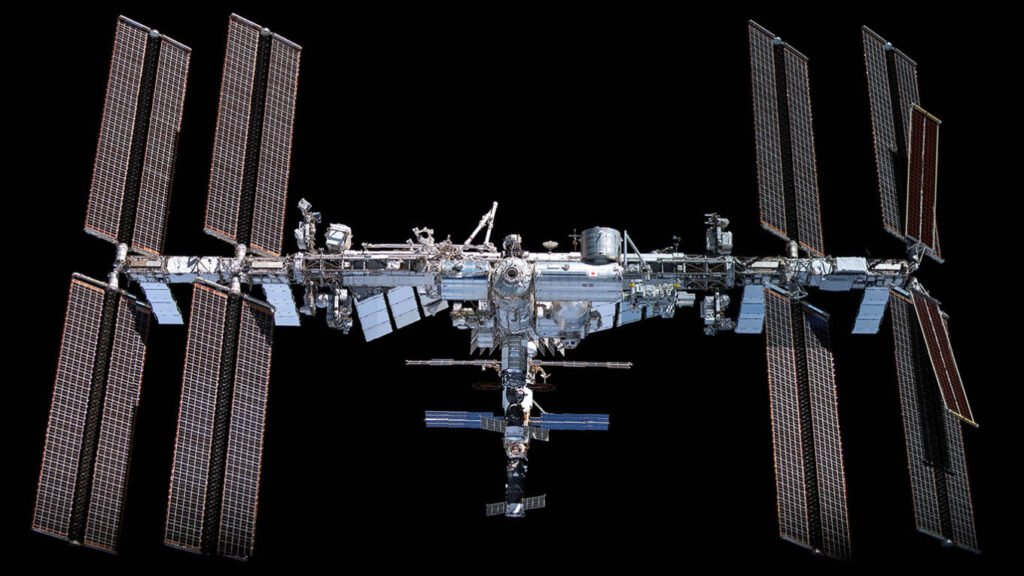A defunct Russian satellite, RESURS-P1, has disintegrated into over 100 pieces of debris in orbit, causing astronauts on the International Space Station to take shelter for about an hour, as reported by US space agencies. The satellite, an Earth observation satellite declared dead in 2022, broke apart at around 1600 GMT on Wednesday. The cause of the break-up remains unknown.
US Space Command, monitoring the debris, confirmed that there was no immediate threat to other satellites. The incident occurred near the space station, prompting US astronauts to take refuge in their spacecraft for approximately an hour, according to NASA’s Space Station office.
Roscosmos, Russia’s space agency, which operated RESURS-P1, did not immediately respond to requests for comment. LeoLabs, a US space-tracking firm, detected the satellite releasing multiple fragments until 6:00 pm Mountain Time.
US Space Command, utilizing its global network of space-tracking radars, reported that the satellite generated over 100 pieces of trackable debris. Large debris-generating events in orbit are infrequent but increasingly concerning as space becomes more crowded with essential satellite networks, including those for broadband internet, communications, navigation services, and defunct satellites.
In 2021, Russia faced significant criticism from the US and other Western nations after it used a ground-based anti-satellite (ASAT) missile to destroy one of its defunct satellites, creating thousands of pieces of orbital debris. This incident occurred ahead of Moscow’s 2022 invasion of Ukraine.
During the 88-minute window of RESURS-P1’s initial break-up, it passed over several locations, including the Plesetsk site, but there was no immediate evidence of a missile launch targeting the satellite. Harvard astronomer and space-tracker Jonathan McDowell suggested that using such a large satellite as an ASAT target seemed unlikely, speculating instead that the break-up might have been caused by an internal issue, such as leftover fuel causing an explosion.
Dead satellites typically remain in orbit until they re-enter Earth’s atmosphere and burn up, or, less commonly, they are moved to a “graveyard orbit” about 36,000 km from Earth to minimize collision risks with active satellites.


